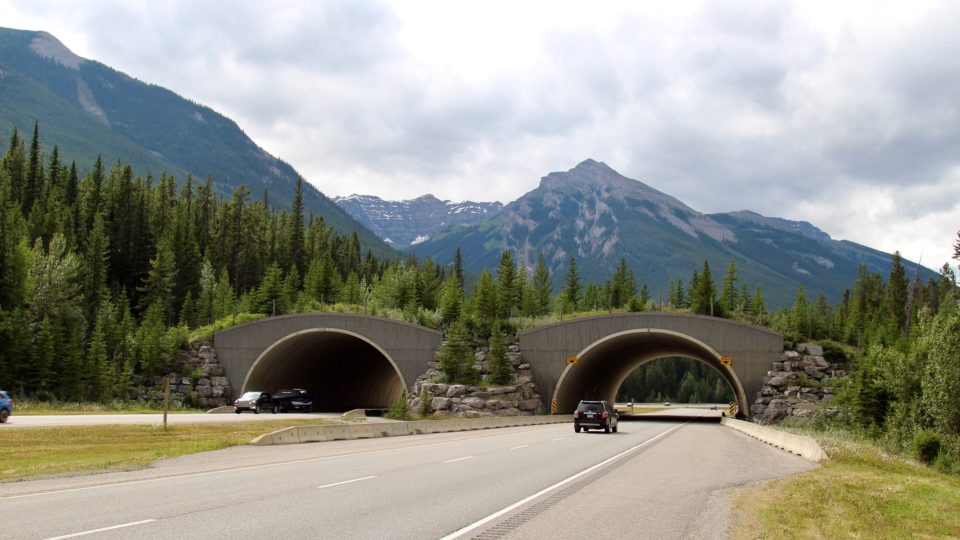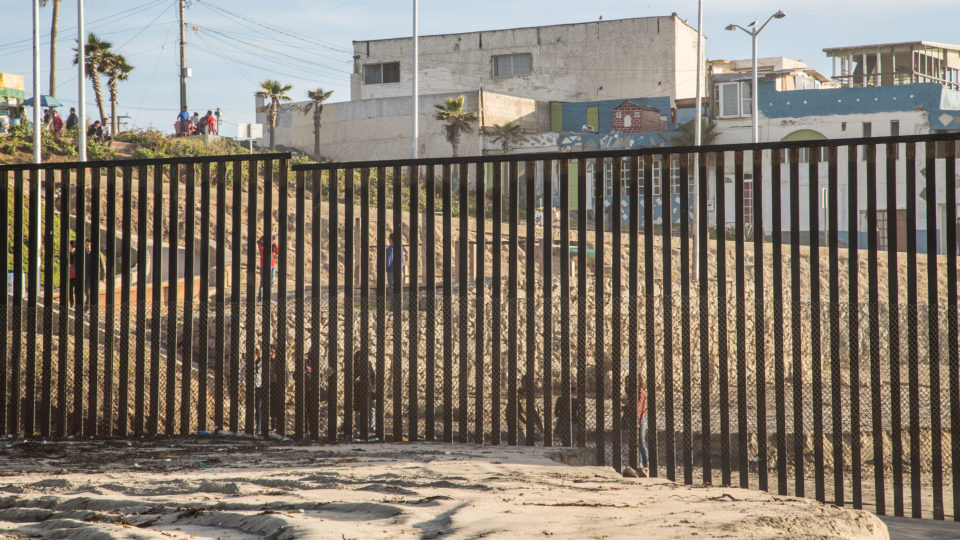Highway accidents involving animals are a big problem for both people and animals. About 200 people die every year in the U.S. as a result of collisions with animals. In total, one to two million large animals are killed by motorists every year. And these crashes are expensive: deer-car collisions cost an average of more than $8,000 each; elk-vehicle collisions about $25,000; and moose-vehicle collisions over $44,000.
In the United States, there are 21 threatened and endangered species whose very survival is threatened by road mortalities. These include Key deer in Florida, bighorn sheep in California, and red-bellied turtles in Alabama.
One solution that has been quite effective around the world in reducing car-animal collisions is wildlife overpasses and underpasses. Crossings and fencing that guide animals over or under highways reduce collisions by 85-95%.
These traffic-spanning bridges and tunnels have been popular in Europe since the 1950s. The overpasses usually look much like regular overpasses for cars but are decked out with native flora. The underpasses, which assist shyer and smaller animals, are typically invisible to drivers.
Washington State has recently started building wildlife bridges and underpasses on Interstate 90. These passes will allow elk, black bears, mountain lions, pika, and even trout to traverse what was once a near-impenetrable barrier of road.
Some animals that are accustomed to human structures start using the crossings almost immediately. For others, there is learning curve. As in many things, the early adapters are important as they provide paths and model behavior that more reticent animals learn to follow.
Wildlife bridges are a very good thing for wildlife and for people.
**********
Web Links
How wildlife bridges over highways make animals—and people—safer
Photo, posted July 22, 2017, courtesy of David Fulmer via Flickr.
Earth Wise is a production of WAMC Northeast Public Radio.

